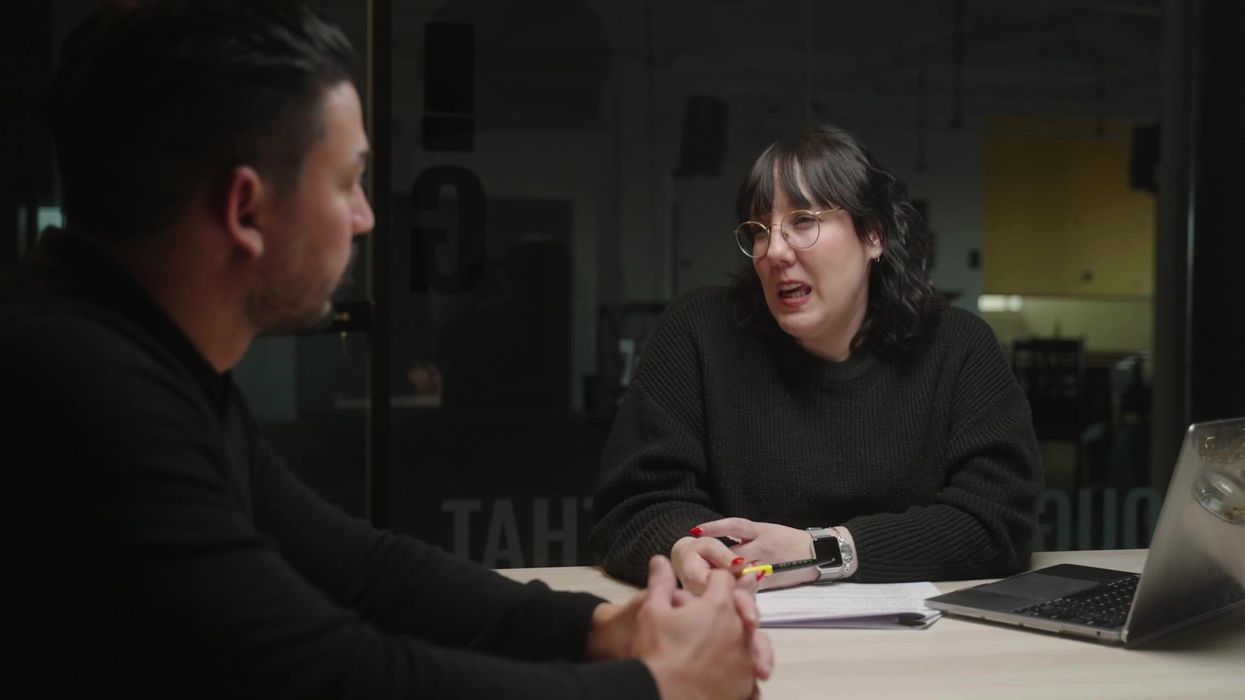Uplifting News
How Nicole Kidman Saved Their Marriage After Keith Urban's Addictions "Blew it to Smithereens"
Keith Urban and Nicole Kidman may have a marriage made in (Hollywood) heaven, but it started in hell.Less than four months into their union, Urban's battle with addictions spiraled out of control, forcing Kidman to stage an intervention. With his life and marriage imploding, he sought help at the Betty Ford Center, his third rehab stint in eight years. Despite all of the voices telling her to walk away, Kidman held on fast to love.
Jun 25, 2024





























